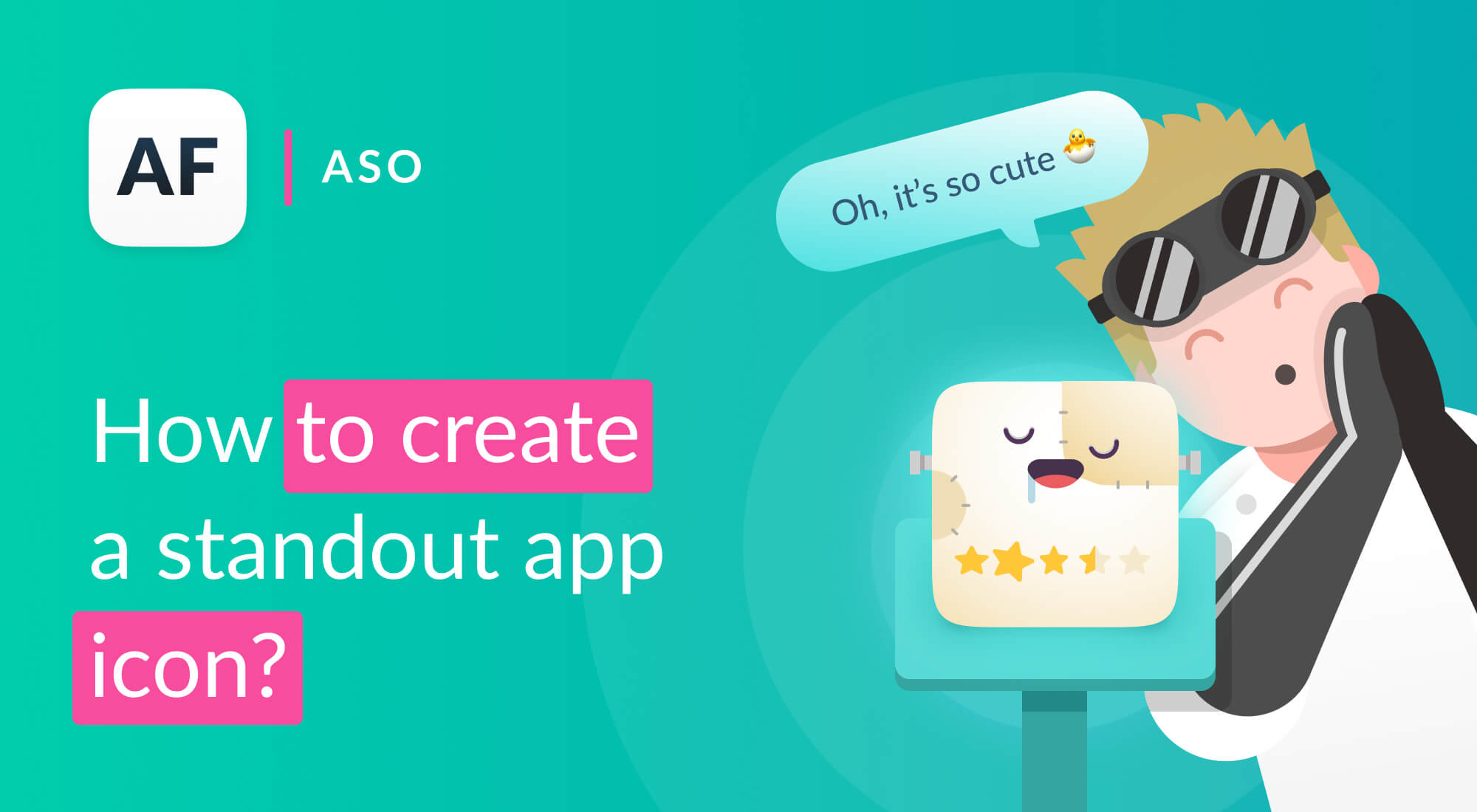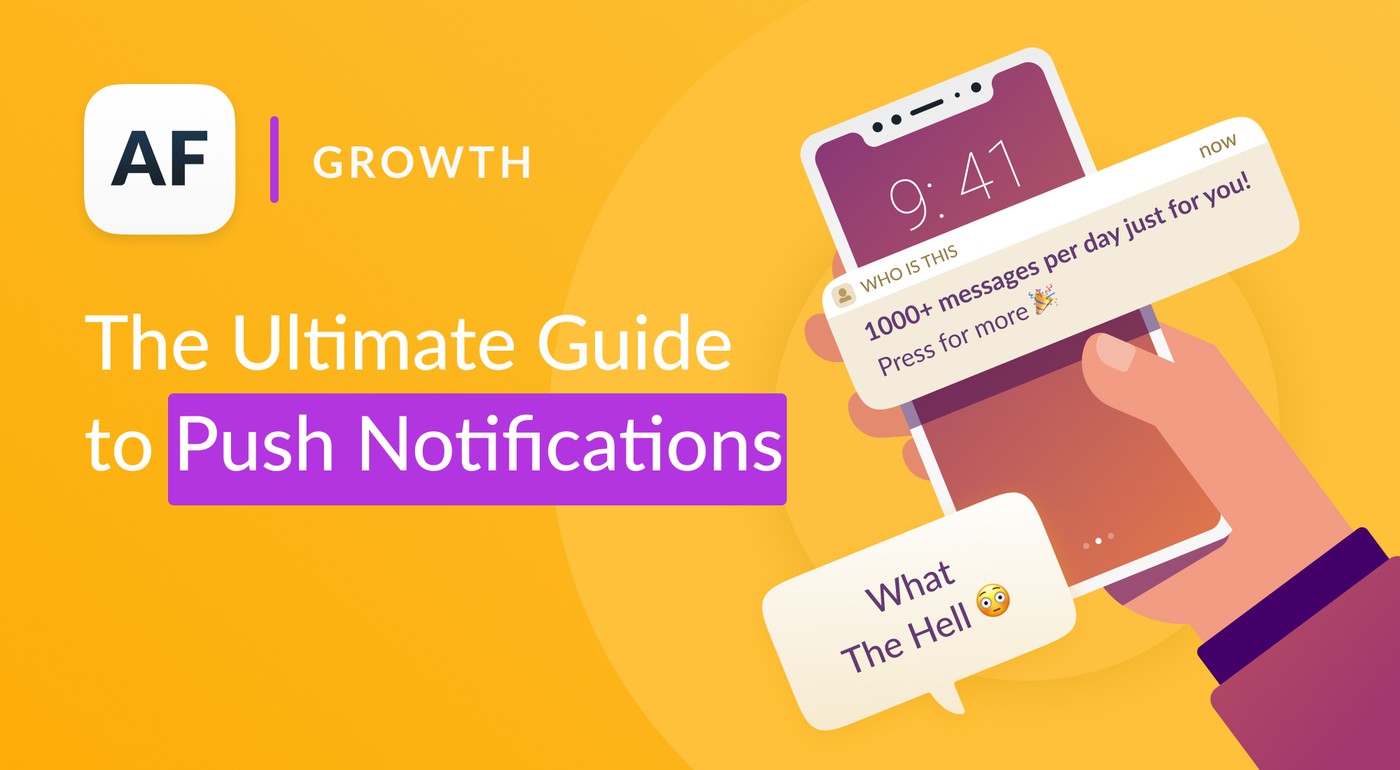Mobile App Deep Linking — the definitive guide

Table of Content:
In this year’s Mobile Growth Survey, 31% of respondents indicated that their biggest cross-platform challenge is creating consistent, seamless experiences between platforms and channels. With more devices, channels, and system updates than ever, seamlessly driving users into the app is a challenge all mobile marketing teams face — which poses a major threat to mobile growth in the months and years ahead.
In addition, these fragmented experiences create a number of issues for marketing attribution. Of the same Mobile Growth Survey respondents, 41% said their biggest cross-platform challenge is accurately attributing user journeys across multiple touch-points. Legacy attribution tools were designed to passively measure just one channel or platform, which leads to inaccurate campaign performance measurement, business decisions based on bad data, and ultimately wasted marketing spend.
Companies that want to thrive in this mobile-first, cross-platform world must first solve these challenges.
What is Deferred Deep Linking?
Before we dive into the ways deep linking can solve various marketing challenges, let’s quickly review how it works.
When implemented effectively, deep linking creates a seamless customer journey from any channel (email, mobile web, paid ad) into an app.
Here’s an example of ideal user experience on iOS:

In this example, a user clicks a web-to-app banner on a home listing they’re interested in on Redfin. That user is either routed from the mobile web directly into the same content in-app — or they are routed to the appropriate App Store listing to download the app, before being routed to the same in-app content they were viewing on the mobile web.
Traditional deep links can only route users to app content, like in the example above, if they already have the app installed. If the user doesn’t have the app installed, they will be delivered to a fallback page or an error page.
With deferred deep linking, the context of a user’s click is preserved even through the install. This is incredibly important because it delivers a continuous, personalized experience rather than defaulting to a generic onboarding flow — greatly increasing the likelihood of conversion. This is because users are 3X more likely to convert in an app than in other channels, such as the mobile web — so if they’re stranded on an error or fallback page, you’ve likely lost an interested user before they have the chance to convert.
Beyond the positive effect on conversions, deep linking simply creates better end-user experiences. If your users have a seamless and positive experience interacting with your app, they’re more likely to be engaged and retained.
3 Ways to Drive App Growth with Deep Linking
1. Deep Linked Web-to-App Banners
Everyone knows Mobile SEO and ASO are both key ways organic users find your brand. Cross-platform web-to-app Smart Banners help brands convert organic mobile web visitors into app users — where they are 3X more likely to engage and convert. With deep linked banners, users will be seamlessly routed into the app, to the same content they were viewing on the web — improving the user experience and eliminating steps in their path to conversion.
When it comes to the customer, deep linking is essential for good user experiences: If I, as a user, click an app banner on a product page on the mobile web, I expect to be taken to that same product page within the app upon clicking through (even if I have to install the app first). Without deep linking, I'm either dropped off in the app store and the context of my click is forgotten after install, or I’m taken to the app home screen where I have to track down the product that interested me in the first place — increasing my risk of dropoff.
On the side of marketers, deep linking enables marketing teams to connect fragmented user journeys across channels and platforms. Since accurate user identification is critical for deep linking, deep linking provides more accurate attribution.
This same concept applies to ads surfaced on mobile web properties: Marketers need to ensure ads route users to the correct in-app content in order to increase conversions, ROI, and ultimately revenue.
2. Deep Linked Email Campaigns
According to reporting by Fluent, “about 3 in 5 consumers check their email on the go and 75% of Americans say they use their smartphones most often to check email.” Email is an excellent channel for app engagement, but only if the journey from email to app is seamless and takes users to the expected in-app content from the link in the email.
Personalization is also key to a successful email marketing strategy, and deep linking makes this easier than ever. For a retail app, rather than promoting a general sale to all of your users, you can highlight a specific item a user has previously viewed — then deep link that user directly to the product page within the app. Removing friction from the journey increases the likelihood that the user will convert to purchase — and return to your app again and again.
Let’s look at an example:

In the example on the left, a user receives an email with a link to purchase tickets. But when they click through, the user is routed to the mobile web where they’re likely not logged in (even if they have an account) and the poor user experience lowers the likelihood they’ll end up purchasing those tickets.
In the example on the right, the same user clicks the link and is seamlessly routed into the app where they are always logged in. The user experience is much better, and they’re more likely to convert. Even better? If the app isn’t installed, deep links will fall back to the mobile web where the user is then presented with a web-to-app banner. With deep linked emails, no user is left stranded with a poor experience — and marketers are better able to optimize email campaigns for conversions.
3. Deep Linked Push Notifications
In this year’s Mobile Growth Survey, 72% of respondents said they largely rely on push notifications to motivate mobile users to re-engage with the app. While timing and personalization are crucial to your push notification strategy — if your users aren’t taken to the expected content from those well-crafted pushes, you risk those users losing interest or even churning.
Say you craft the most compelling push notification that hits users at the exact right time, but when they open the app from that notification, it drops them onto the welcome screen rather than the content referenced in the push notification. The user might take the time to track down the content they were interested in, but more likely is that they will just close out of the app entirely.
By leveraging deep links in your push notification strategy, you can link push notifications to specific in-app content like product pages, promotion landing pages, abandoned shopping carts, and more. Not only does this create a better overall experience for the user, but it will also drive more ROI from your push notifications.
An example:

Here we have a compelling, personalized push notification encouraging a user to purchase a pair of headphones that are currently on sale. If that user clicks through, they’re showing high intent to complete that purchase. In this example, the user is deep linked directly to the same product in the app where they can “add to cart” in one click. If that user is taken to any other page in the app, like the welcome screen or a general sale listing page, they are much more likely to bounce.
These are just three of the many ways deep linking can help you ignite mobile growth, lower acquisition costs, increase user engagement, and maximize mobile marketing ROI — all while achieving more accurate marketing attribution to quantify your efforts.
And while you can build your own deep linking strategy in-house, tools like Branch are the only way to make deep links work when the app is not installed. With Branch as your trusted deep linking partner, you can be sure all of your users get the same, streamlined mobile experience — regardless of device or OS version.









